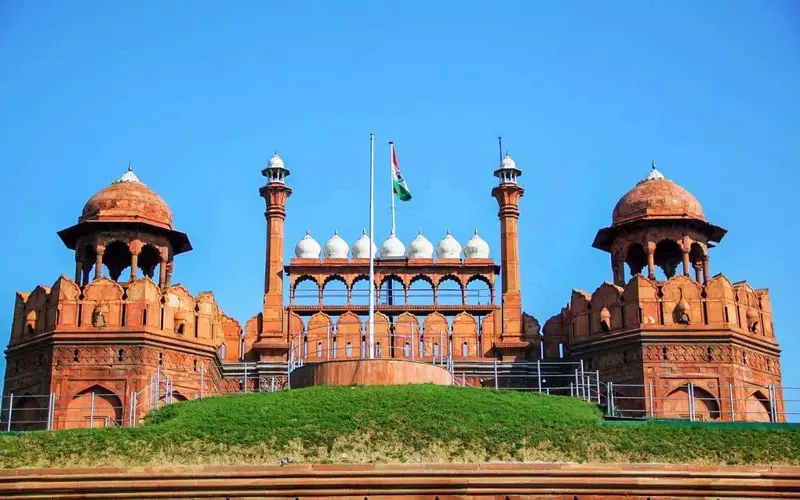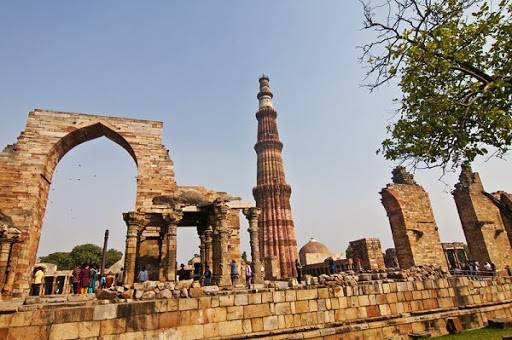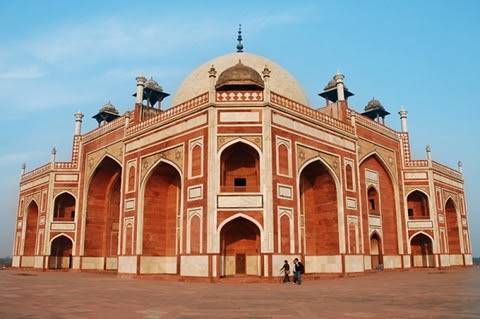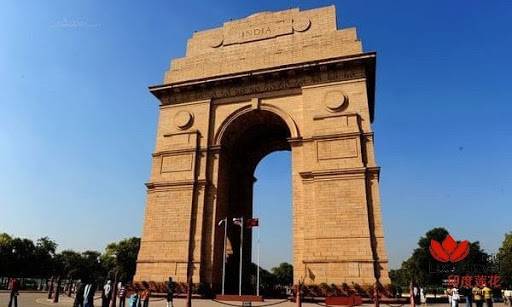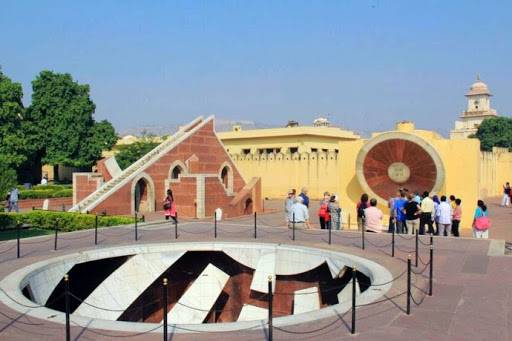The entire Qutub Minar is divided into five levels, with a height of 72.5 meters. It is one of the earliest examples of Indo-Islamic architecture. The horizontal reliefs surrounding the tower walls are adorned with both Arabic motifs and Quranic inscriptions, as well as patterns and floral designs from traditional Indian craftsmanship. It is recommended to rent a Chinese audio guide for 100 Rs to help you understand the cultural or religious significance behind it, making your visit more rewarding. This place is worth spending extra time to explore thoroughly.
The stone coffins of Humayun and the Empress are placed in the center of the mausoleum, with the stone coffins of five emperors of the Mughal dynasty placed in the side chambers. In 1993, UNESCO listed Humayun's Tomb as a cultural heritage site in the World Heritage List.
India Gate holds a status similar to the Arc de Triomphe in Paris, and its design is also modeled after the Arc de Triomphe. It was built to commemorate the 90,000 Indian and British soldiers who died in World War I and the soldiers who died in the Indian-Afghan wars. It has great historical value!
Jantar Mantar, meaning 'instrument of calculation' in Hindi, was an ancient Indian site for astronomical observations. It was commissioned and designed by Maharaja Jai Singh II, who had a passion for astronomy and mathematics. In addition to Delhi, observatories were also built in Jaipur, Varanasi, Mathura, and Ujjain. The observatory has a unique shape and functions similar to a sundial.
